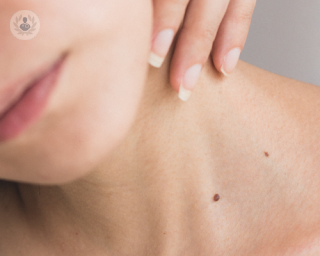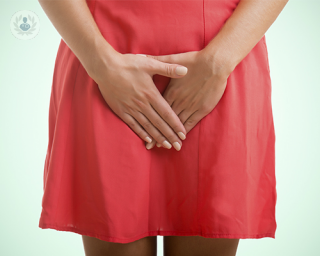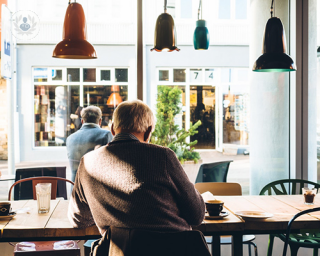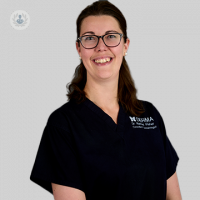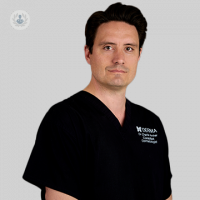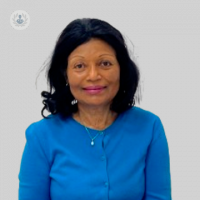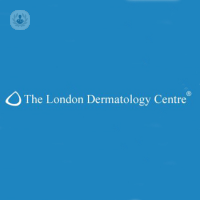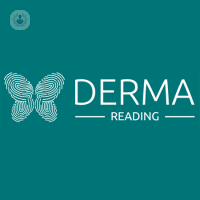Cryotherapy
Dr Robin Russell-Jones - Dermatology
Created on: 11-13-2012
Updated on: 10-09-2023
Edited by: Karolyn Judge
What is cryotherapy?
Cryotherapy is a treatment used to eliminate certain superficial skin lesions. It involves freezing the tissue in order to destroy it.
Treatment is not painful as such but it does produce a stinging and burning sensation, so a local anaesthetic may be required for very sensitive areas.

Why is it used?
Cryotherapy may be used to remove warts and to destroy precancerous skin lesions. It is mostly used for, and is effective against, the following type of skin lesions:
- Actinic keratoses: crusty lesions that do not heal normally. They are mainly caused by exposure to the sun and should be treated and monitored since they could develop into a carcinoma.
- Viral papillomaviruses: warts caused by viral infections, such as human papillomavirus (HPV), including genital warts
- Common warts: as their name suggests, these are the most common type of wart and they appear most often during childhood, usually on the hands and extremities, although they can occur anywhere on the body.
- Sun spots: small, superficial sun spots can also be treated with cryotherapy. After treatment a scab will form and fall off within 24 hours. Another scab will then form, falling off after a few weeks.
What does cryotherapy consist of?
This technique involves the application of extreme cold in spray form, usually liquid nitrogen (-196⁰C). When the nitrogen is applied to the lesion it freezes and destroys the affected cells, without damaging the surrounding healthy tissue. The procedure normally takes around one or two minutes.
A blister usually forms a few hours after freezing. This flattens after 2 or 3 days, and the dead skin falls off within 2 to 4 weeks.
What's involved in preparation for cryotherapy?
In general, no prior preparation is necessary for cryotherapy. However, some preparation may be required for the treatment of viral papillomas that form inside the cervix due to HPV. The specialist will tell you what you need to do, such as not eating or drinking for a couple of hours before the procedure.
What's involved in post-treatment care?
Some skin lesions, and warts in particular, may need to be treated more than once.
There is usually redness, swelling and some blistering in the treated area after cryotherapy, but this will disappear within a few days. You will be able to return home within half an hour after treatment.
What are the alternatives to cryotherapy?
The main alternative to cryotherapy is electrocoagulation. Instead of freezing the lesion, this procedure coagulates it and cuts it by heating the tissue using a high intensity electric current. Electrocoagulation is not recommended for warts on the palms of the hands or on the feet as it may be painful and result in scarring that is difficult to treat.

